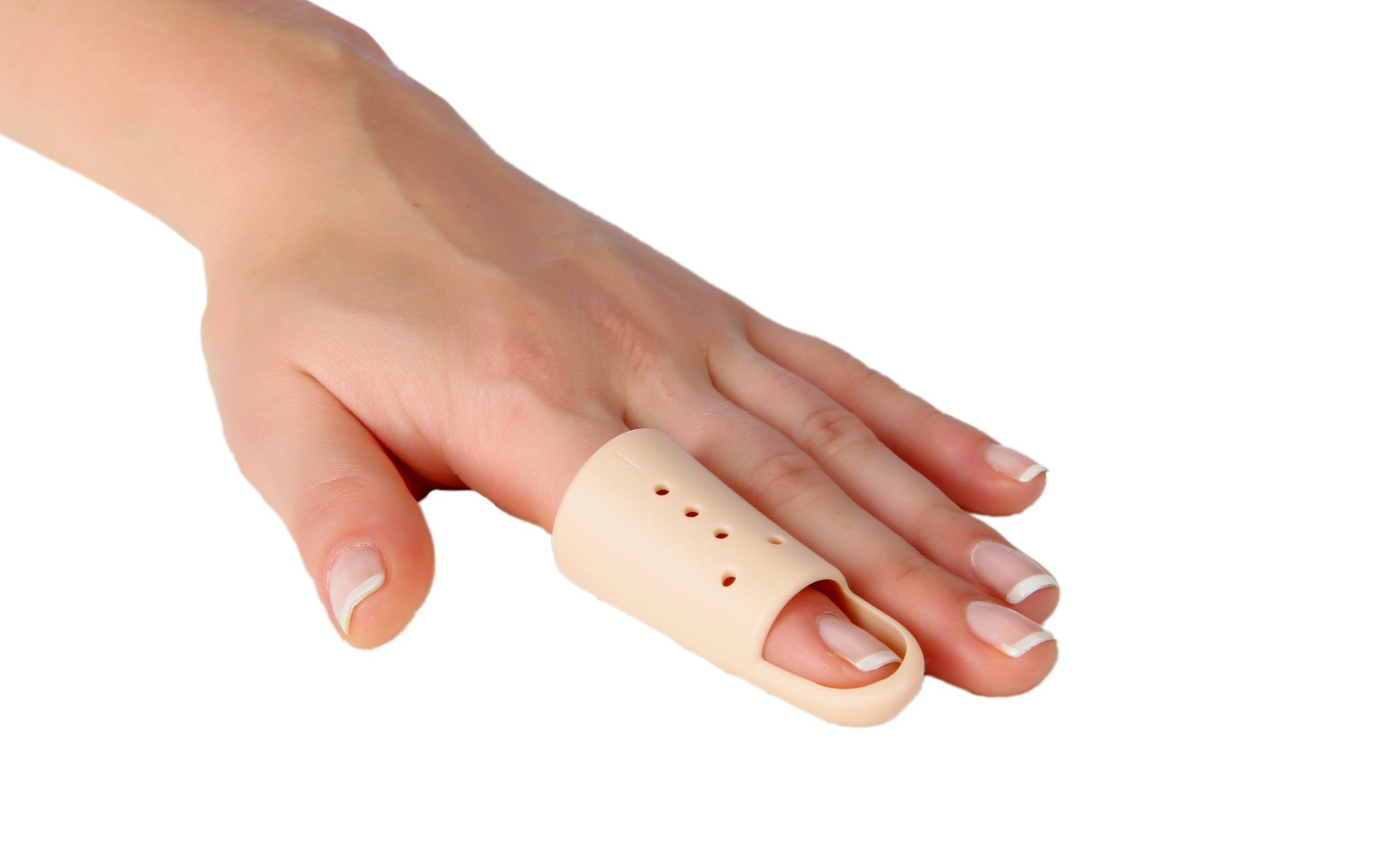
Trigger finger might sound like something out of a cowboy movie, but it's actually a common condition affecting many people. Ever noticed your finger getting stuck in a bent position, then suddenly popping straight? That’s trigger finger. It happens when the tendons in your finger become inflamed, making it hard to move smoothly. This condition can be painful and annoying, but understanding it better can help manage the symptoms. In this post, we’ll share 50 facts about trigger finger to help you get a grip on what’s happening with your hand. From causes to treatments, we’ve got all the details you need.
Key Takeaways:
- Trigger finger causes pain and stiffness in the fingers, especially in women aged 40 to 60. It can be managed with rest, splinting, and exercises, and may require surgery in severe cases.
- To manage trigger finger, avoid repetitive gripping, use ergonomic tools, and apply ice packs. Regular hand exercises, maintaining a healthy weight, and staying hydrated can help alleviate symptoms.
What is Trigger Finger?
Trigger finger, also known as stenosing tenosynovitis, is a condition that affects the tendons in your fingers or thumb. It can cause pain, stiffness, and a sensation of locking or catching when you bend and straighten your finger.
- Trigger finger occurs when the tendon sheath in the finger becomes inflamed.
- This condition is more common in women than men.
- People with diabetes or rheumatoid arthritis are at higher risk.
- It often affects the thumb, middle, or ring finger.
- The condition can develop in one or more fingers at the same time.
- Trigger finger is most common in people aged 40 to 60.
- The exact cause of trigger finger is not always known.
- Repetitive gripping actions can contribute to the development of trigger finger.
- Symptoms can range from mild to severe.
- In severe cases, the finger may become locked in a bent position.
Symptoms of Trigger Finger
Recognizing the symptoms of trigger finger early can help in managing the condition effectively. Here are some common signs to look out for:
- A popping or clicking sensation when moving the finger.
- Pain at the base of the affected finger or thumb.
- Stiffness, especially in the morning.
- A bump or nodule at the base of the finger.
- Swelling in the affected finger.
- Difficulty straightening the finger.
- The finger may suddenly snap straight.
- The condition can worsen over time if left untreated.
- Symptoms are often worse after periods of inactivity.
- The affected finger may feel weak.
Causes and Risk Factors
Understanding what causes trigger finger and the risk factors involved can help in prevention and early detection.
- Repeated gripping can strain the tendons.
- Certain medical conditions like diabetes increase the risk.
- Rheumatoid arthritis is another risk factor.
- Trigger finger can also result from an injury to the hand.
- People who perform repetitive hand movements are more susceptible.
- Genetic factors may play a role.
- Hormonal changes, especially in women, can contribute.
- Occupational hazards, such as using tools that require a tight grip, can increase risk.
- Inflammatory conditions can lead to trigger finger.
- Age is a significant risk factor, with middle-aged individuals being more prone.
Diagnosis and Treatment
Proper diagnosis and treatment are crucial for managing trigger finger effectively. Here’s what you need to know:
- A physical exam is usually enough to diagnose trigger finger.
- Your doctor may ask you to open and close your hand.
- Imaging tests like X-rays are rarely needed.
- Resting the affected finger can help reduce symptoms.
- Splinting the finger can prevent it from moving.
- Over-the-counter pain relievers can alleviate pain.
- Stretching exercises may improve flexibility.
- Corticosteroid injections can reduce inflammation.
- Surgery is an option for severe cases.
- Post-surgery, physical therapy may be recommended.
Living with Trigger Finger
Managing daily life with trigger finger involves making some adjustments and taking care of your hands.
- Avoid activities that require repetitive gripping.
- Use ergonomic tools to reduce strain on your fingers.
- Apply ice packs to reduce swelling.
- Massage the affected area to relieve pain.
- Practice hand exercises regularly.
- Wear a splint at night to keep the finger straight.
- Maintain a healthy weight to reduce pressure on your joints.
- Stay hydrated to keep your tendons healthy.
- Consult a hand therapist for specialized exercises.
- Regular check-ups with your doctor can help monitor the condition.
Final Thoughts on Trigger Finger
Trigger Finger, a condition that causes fingers to lock or catch when bent, can be quite a nuisance. Understanding its causes, symptoms, and treatments helps manage it better. Common causes include repetitive hand use, diabetes, and rheumatoid arthritis. Symptoms range from stiffness to a popping sensation. Treatments vary from rest and splints to steroid injections and surgery.
Knowing these facts empowers you to take proactive steps. If you suspect Trigger Finger, consult a healthcare professional. Early intervention can prevent worsening. Simple lifestyle changes, like taking breaks during repetitive tasks, can make a big difference.
Stay informed and proactive about your health. Trigger Finger might be a hassle, but with the right knowledge and actions, you can manage it effectively. Keep these facts in mind, and you'll be better prepared to handle this condition.
Frequently Asked Questions
Was this page helpful?
Our commitment to delivering trustworthy and engaging content is at the heart of what we do. Each fact on our site is contributed by real users like you, bringing a wealth of diverse insights and information. To ensure the highest standards of accuracy and reliability, our dedicated editors meticulously review each submission. This process guarantees that the facts we share are not only fascinating but also credible. Trust in our commitment to quality and authenticity as you explore and learn with us.
